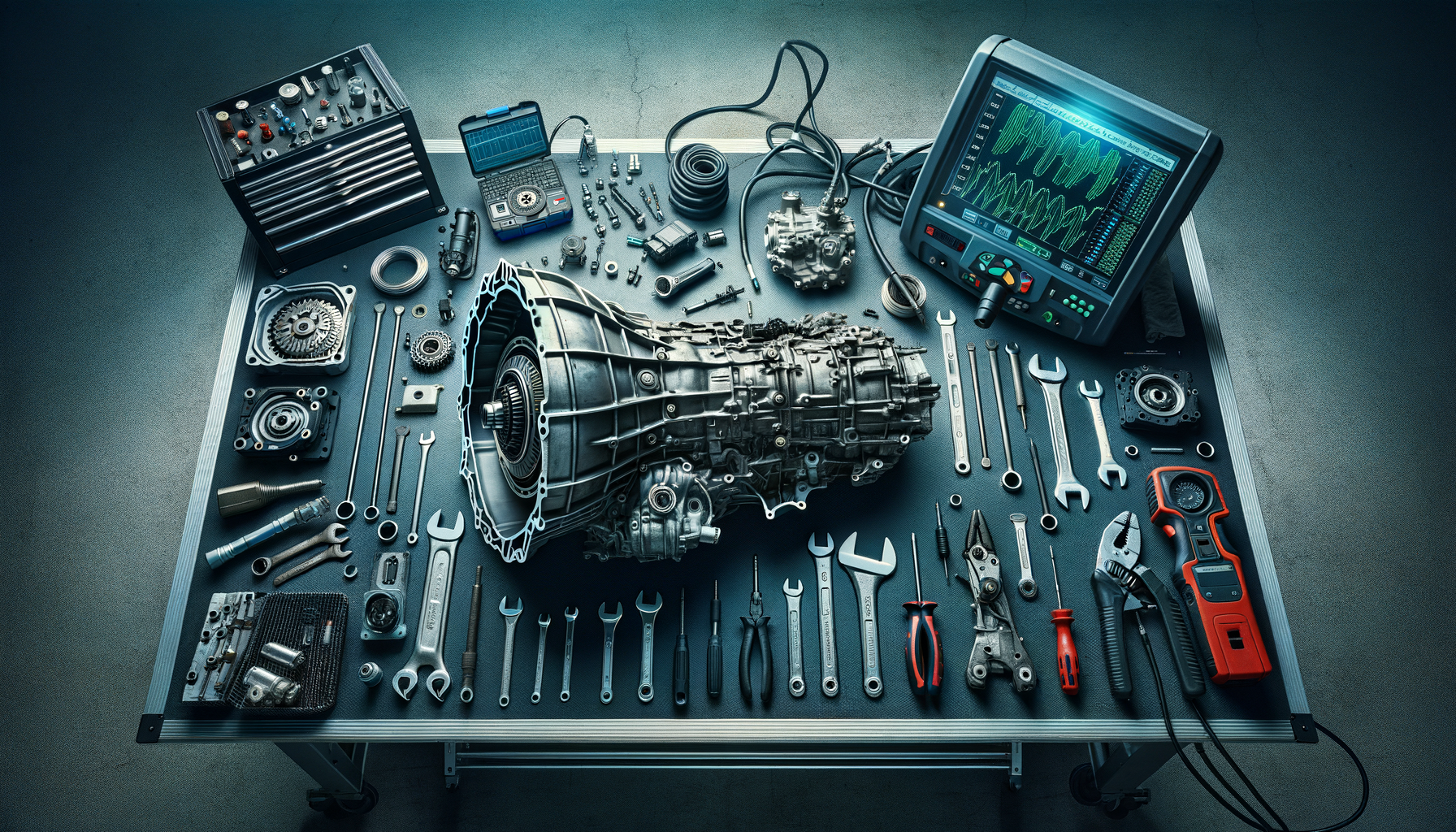Understanding the Basics of Transmission Systems
Transmission systems are a vital component of your vehicle, responsible for transferring power from the engine to the wheels. Understanding how they work can help you identify issues before they become major problems. The system consists of a series of gears and sensors that adjust the power flow according to the speed and load of the vehicle. Automatic and manual transmissions differ in their operation, but both require regular maintenance to function optimally.
Regular maintenance involves checking transmission fluid levels, ensuring there are no leaks, and listening for unusual noises. These steps can help in detecting early signs of trouble, such as slipping gears or delayed engagement. By staying informed about the basics of transmission systems, you can better communicate with mechanics and make informed decisions about repairs.
Common Signs of Transmission Trouble
Detecting transmission issues early can save you from costly repairs. Some common signs include:
- Unusual noises such as whining or clunking.
- Delayed or rough shifting between gears.
- Fluid leaks under the vehicle.
- Warning lights on the dashboard.
- Burning smell, indicating overheating.
These symptoms suggest that your transmission may need attention. Ignoring them can lead to more severe damage and higher repair costs. Regularly checking your vehicle for these signs can help you address issues promptly and maintain the health of your transmission.
Steps to Take When You Suspect Transmission Issues
Once you notice signs of transmission trouble, it’s crucial to take action quickly. Here’s what you can do:
- Check the transmission fluid level and condition. Low or dirty fluid can cause problems.
- Consult with a professional mechanic for a diagnostic test.
- Avoid driving the vehicle if the issue seems severe, as it can cause further damage.
- Keep records of any symptoms and repairs to track the problem’s progression.
By following these steps, you can ensure that any transmission issues are addressed promptly, minimizing the risk of extensive damage and costly repairs.
The Importance of Regular Maintenance
Regular maintenance is key to preventing transmission problems. This includes routine checks of the transmission fluid, ensuring it is at the correct level and free from contaminants. Scheduled maintenance should also involve inspecting the transmission for leaks and ensuring that all components are in good working order.
Preventive measures, such as using the correct type of transmission fluid and adhering to the recommended service intervals, can extend the lifespan of your transmission. Regular maintenance not only helps in detecting issues early but also improves the overall performance and efficiency of your vehicle.
Choosing the Right Repair Service
When it comes to transmission repair, selecting the right service provider is crucial. Look for a reputable mechanic with experience in transmission systems. Verify their credentials and read reviews from other customers to ensure you are choosing a reliable service.
Discuss the issues with the mechanic and ask for a detailed estimate before proceeding with repairs. A transparent and communicative service provider will help you understand the problem and the necessary steps to fix it. By choosing the right repair service, you can ensure your transmission is in capable hands, leading to a successful and cost-effective repair.
Conclusion: Proactive Measures for Transmission Health
In conclusion, being vigilant about the signs of transmission trouble and taking proactive steps can save you time and money. Regular maintenance, prompt attention to issues, and choosing the right repair service are essential in maintaining the health of your vehicle’s transmission. By staying informed and acting quickly, you can ensure your vehicle runs smoothly and efficiently for years to come.



Leave a Reply